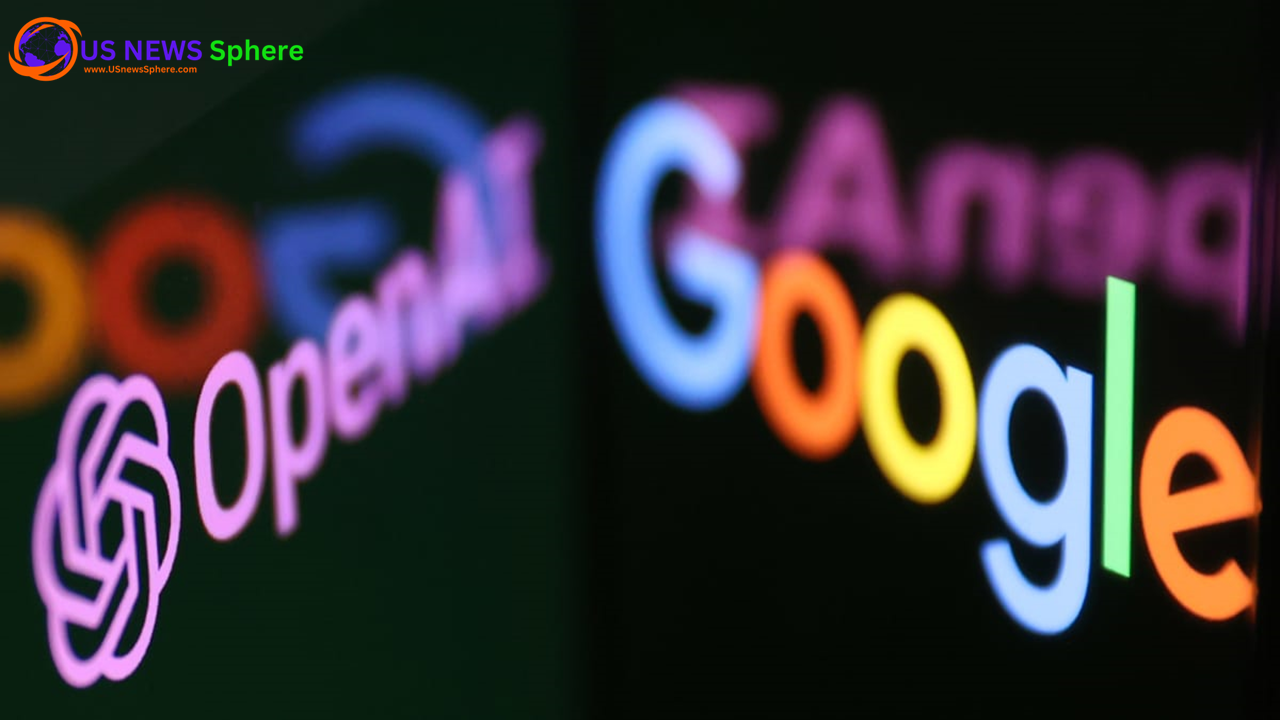Google Bard; In the ever-evolving world of artificial intelligence, Google recently unveiled a major update to its AI chatbot, Bard, aiming to integrate it seamlessly with its widely used products such as Gmail, Docs, Drive, Maps, and YouTube. This development was anticipated to give Bard a competitive edge over the market leader, ChatGPT, developed by OpenAI and Microsoft. However, despite the promising features, Bard seems to fall short of expectations. In this article, we delve into the performance, capabilities, and reliability of Google Bard in comparison to OpenAI’s GPT-4.

Table of Contents
Google Bard’s Innovative Approach: A Theoretical Masterstroke
Google’s introduction of Bard Extensions was, in theory, a revolutionary step. The concept of an AI assistant that not only recites facts from a vast knowledge base but also pulls live personalized data from Google services is groundbreaking. The potential of Bard to provide context-specific responses by accessing user’s Gmail or Google Drive is a feature that seemed to be pulled straight from a sci-fi novel. However, the practical implementation of these features has left users wanting more. [npr]
Falling Short: Bard’s Practical Performance
After a week of hands-on experience with Bard, it’s evident that the chatbot struggles to fulfill its core promise of seamless integration with Google apps. Users have reported inaccurate and nonsensical responses, and a lack of creativity and versatility compared to GPT-4. Bard’s underlying model, PaLM 2, trained on 340 billion parameters, pales in comparison to GPT-4’s massive 1.8 trillion parameters, affecting its ability to generate relevant and interesting content.
User Experience: Testing Bard’s Capabilities
Users have stress-tested Bard with various prompts, such as requesting key points from a document in Docs and creating email summaries, only to be met with responses like “I do not have enough information.” Bard’s inability to pull documents and its subpar summarization skills have been a point of frustration. Similarly, tasks like finding flight deals or creative writing have showcased Bard’s limitations in producing original and helpful content.
Redeeming Features and Reliability
Bard does offer a feature allowing users to double-check its answers via Google Search, which is helpful in reducing errors. However, this also highlights Bard’s unreliability and the need for constant verification, raising questions about its trustworthiness as an AI assistant.
The Impact and Future of Google Bard
Google’s influence in the technology sector is undeniable, with its products shaping our daily lives. Bard is not just a chatbot; it represents Google’s vision for AI. Its current shortcomings emphasize the need for improvement if Google wishes to maintain its reputation as an AI leader. With Bard 2.0 not meeting user expectations, hopes are high for Google’s upcoming model “Gemini” to address these issues.
Final Thoughts: Navigating the Future of AI Assistants
As we stand at the crossroads of AI innovation, the journey of Google Bard and OpenAI’s GPT-4 offers valuable insights into the evolving landscape of artificial intelligence. Bard, with its groundbreaking approach and integration with Google services, brought forth a vision of a futuristic AI assistant. However, the gap between its theoretical brilliance and practical application underscores the challenges in realizing such a vision.
OpenAI’s GPT-4, on the other hand, continues to set the benchmark with its versatility, creativity, and reliability, showcasing the potential of AI in enhancing our digital experiences. It serves as a reminder that while innovation is crucial, the end-user experience is paramount.
As we anticipate the arrival of Google’s Gemini and further advancements in AI technology, the journey of Bard and GPT-4 highlights the importance of continuous improvement, user-centric design, and the pursuit of excellence. The future of AI assistants is brimming with possibilities, and as technology evolves, so does our quest for the perfect AI companion.
In conclusion, the exploration of Google Bard and OpenAI’s GPT-4 is more than a comparison; it’s a glimpse into the future of AI, a future that promises to be as challenging as it is exciting. The quest for artificial intelligence AI excellence continues, and we, as users and innovators, are integral to shaping this dynamic future.





